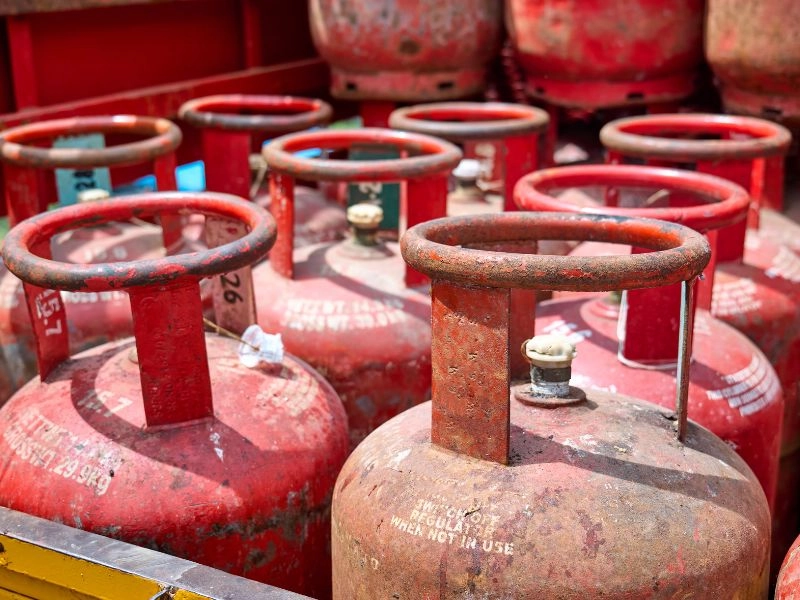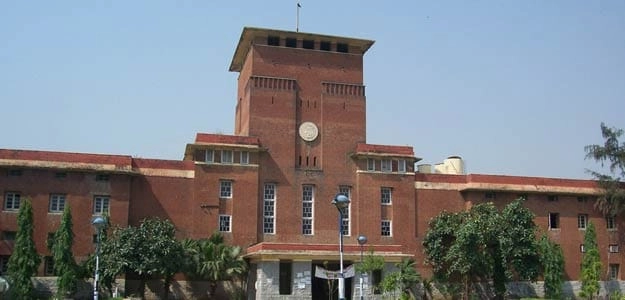In a recent development, the price of liquefied petroleum gas (LPG) has been increased by Rs 50 per cylinder for all users. This hike, which affects households and commercial establishments alike, is part of an ongoing trend in the energy sector where fluctuations in pricing often reflect changes in global oil markets and domestic supply chain dynamics. The adjustment in LPG rates has raised concerns among consumers, who are already grappling with rising costs of living and inflationary pressures on essential goods and services.
The increase in LPG prices is particularly significant given the role that cooking gas plays in daily life. For many households, LPG is not just a fuel source but also a key component of their culinary practices. The additional financial burden imposed by this price hike may compel families to alter their cooking habits or seek alternative fuel sources, which could have broader implications for health and safety. As the cost of basic necessities continues to rise, many are left to wonder how they will manage their household budgets effectively.
Moreover, the impact of this price increase is likely to be felt across various sectors. Restaurants and food service providers, for example, may find it necessary to pass on the additional costs to consumers in the form of higher menu prices. This could further contribute to inflationary trends, creating a cycle of rising costs that affects everyone from suppliers to end consumers. In this context, the government and regulatory bodies may need to closely monitor the situation to ensure that vulnerable populations are not disproportionately affected by such price adjustments.
In conclusion, the recent hike in LPG prices by Rs 50 per cylinder underscores the challenges faced by consumers in navigating the complexities of the energy market. While these changes may be necessary in the context of global market dynamics, it is essential for policymakers to consider the broader implications for households and businesses. As society grapples with these economic realities, the need for sustainable and affordable energy solutions becomes increasingly critical.




